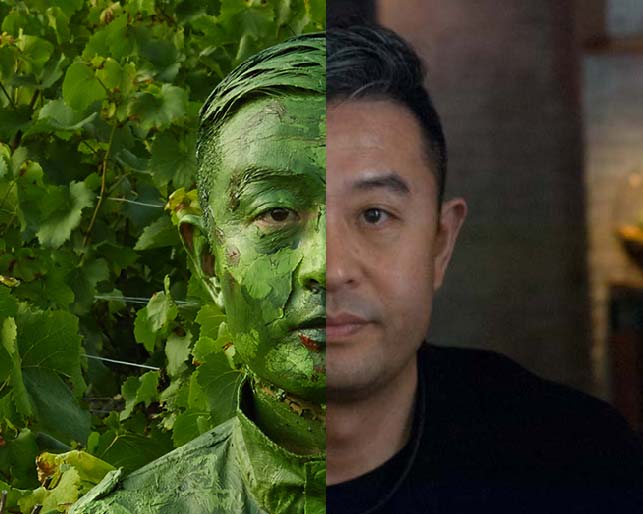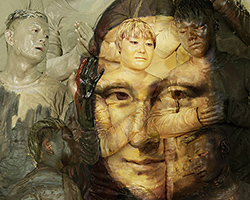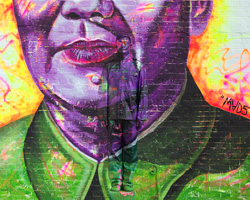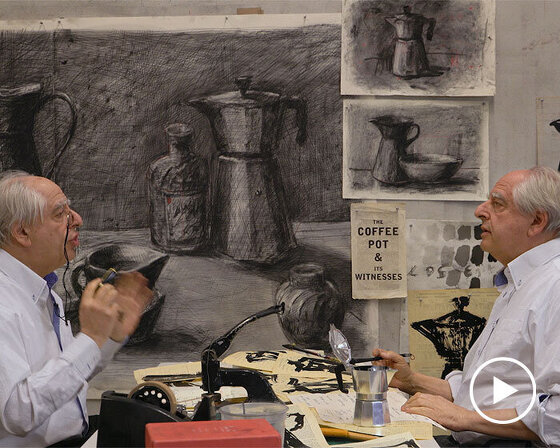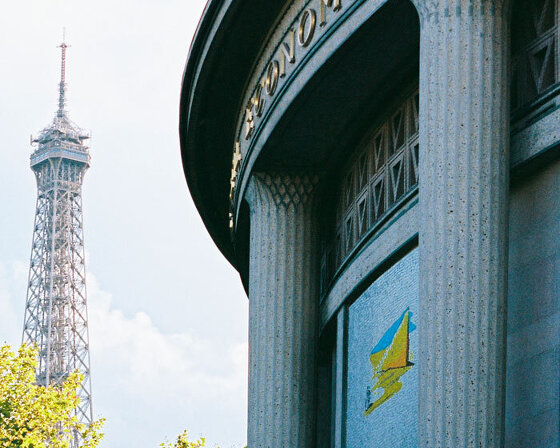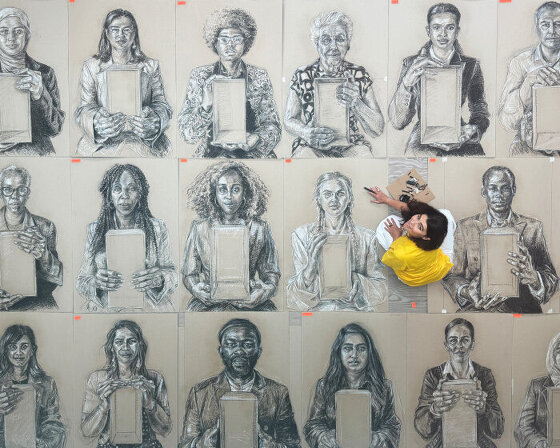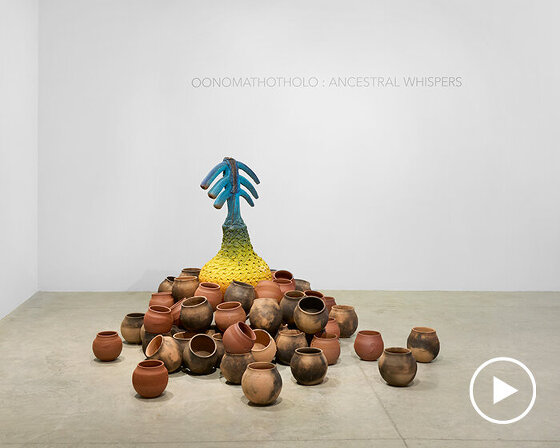KEEP UP WITH OUR DAILY AND WEEKLY NEWSLETTERS
PRODUCT LIBRARY
the south african artist talks to designboom about the nine-episode film series, available on MUBI from october 18, 2024.
connections: +150
dive into our guide for the must-see highlights of art basel paris and design miami.paris 2024, as well as all other exciting shows in paris.
connections: 13
before the unveiling of her recent work, the english artist explores congregation in an interview with designboom and how the 50 portraits of displaced people came to life.
connections: +1420
designboom gets a first look of the south african artist's new exhibition, 'oonomathotholo: ancestral whispers', at friedman benda NY.
connections: +250
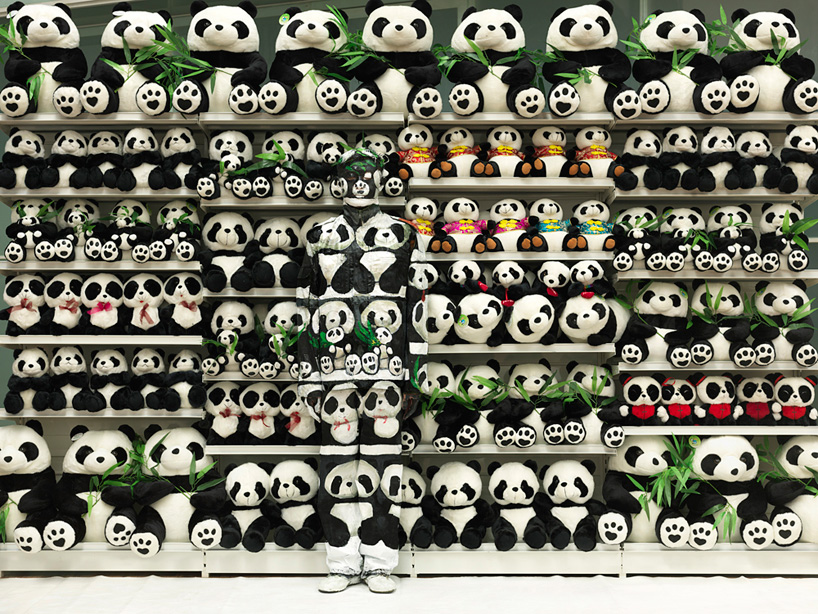
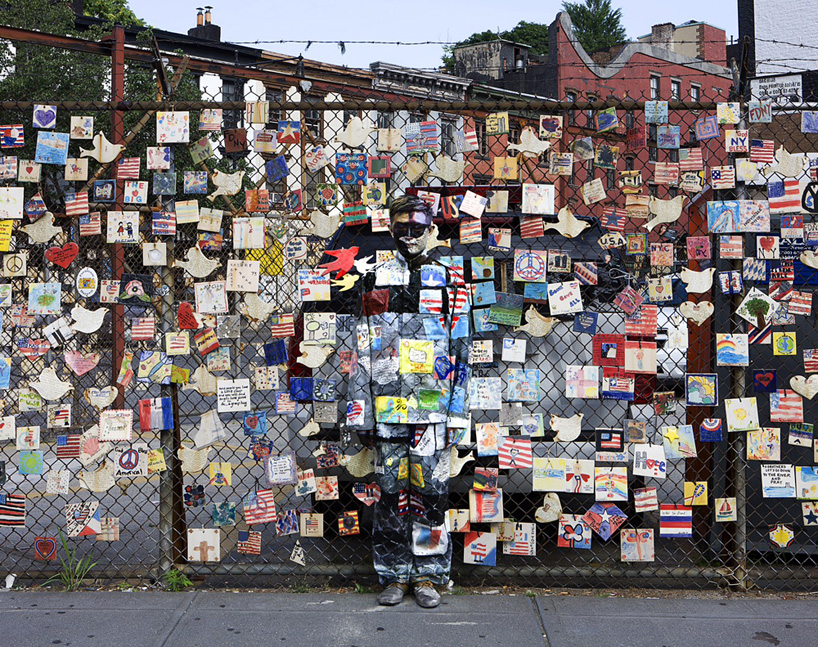
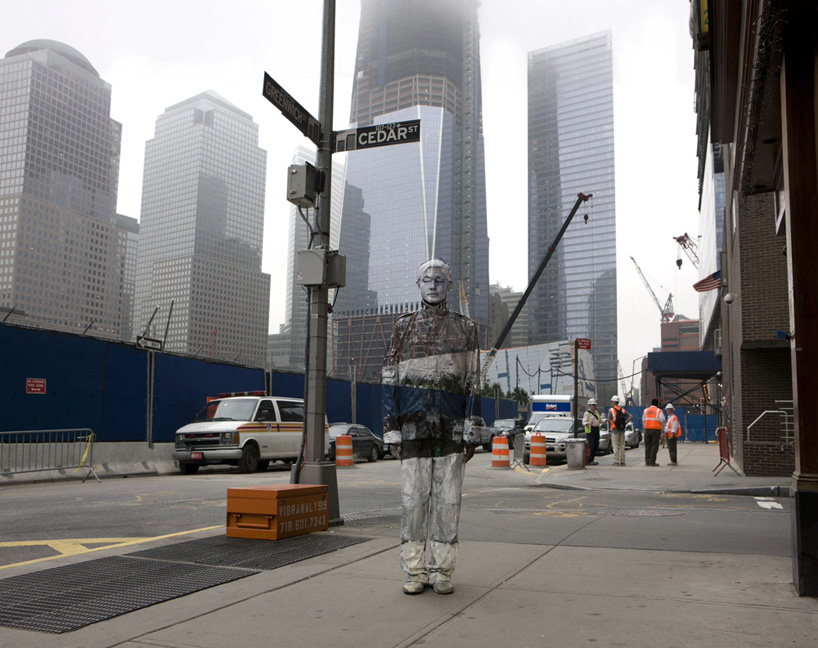 liu bolin, ‘hiding in new york no. 4 – ground zero’ (2011)
liu bolin, ‘hiding in new york no. 4 – ground zero’ (2011)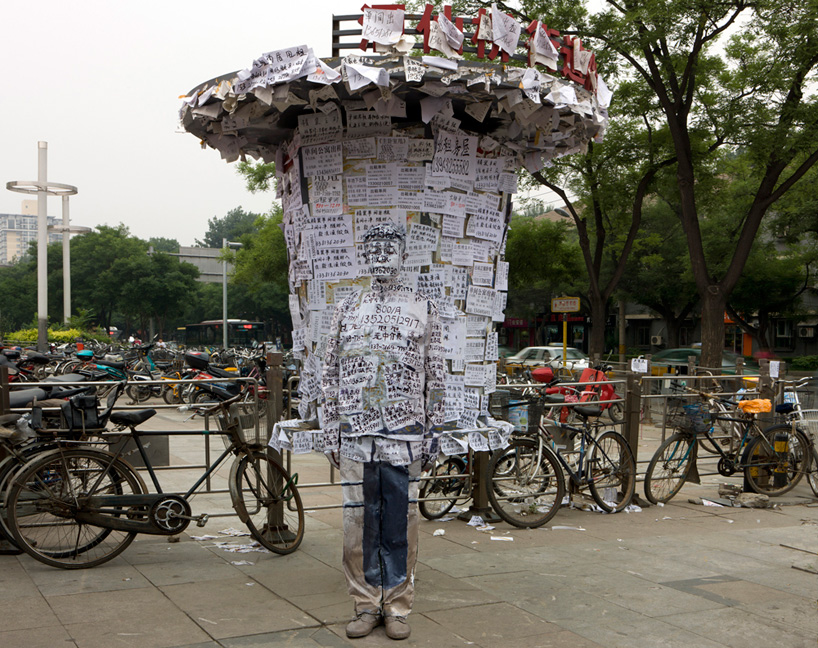 liu bolin, ‘hiding in the city no. 98 – info port’ (2011)
liu bolin, ‘hiding in the city no. 98 – info port’ (2011)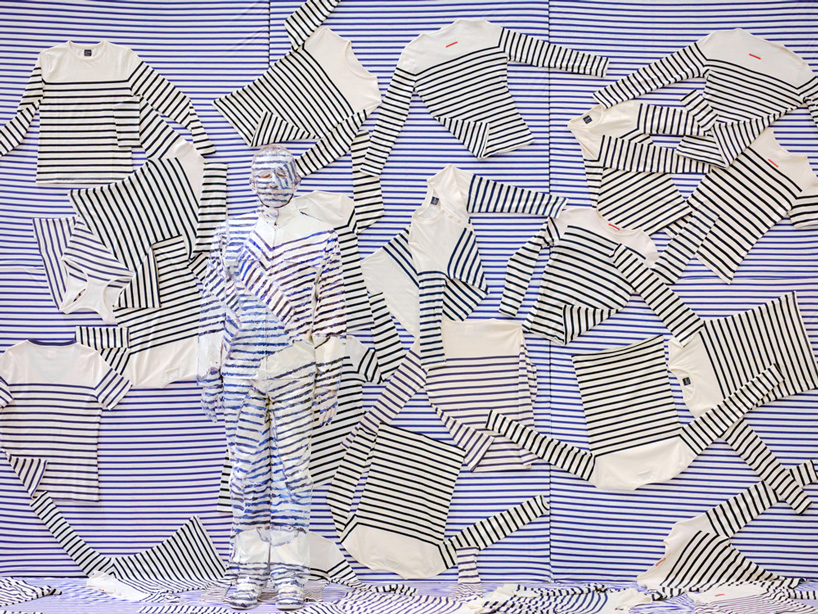
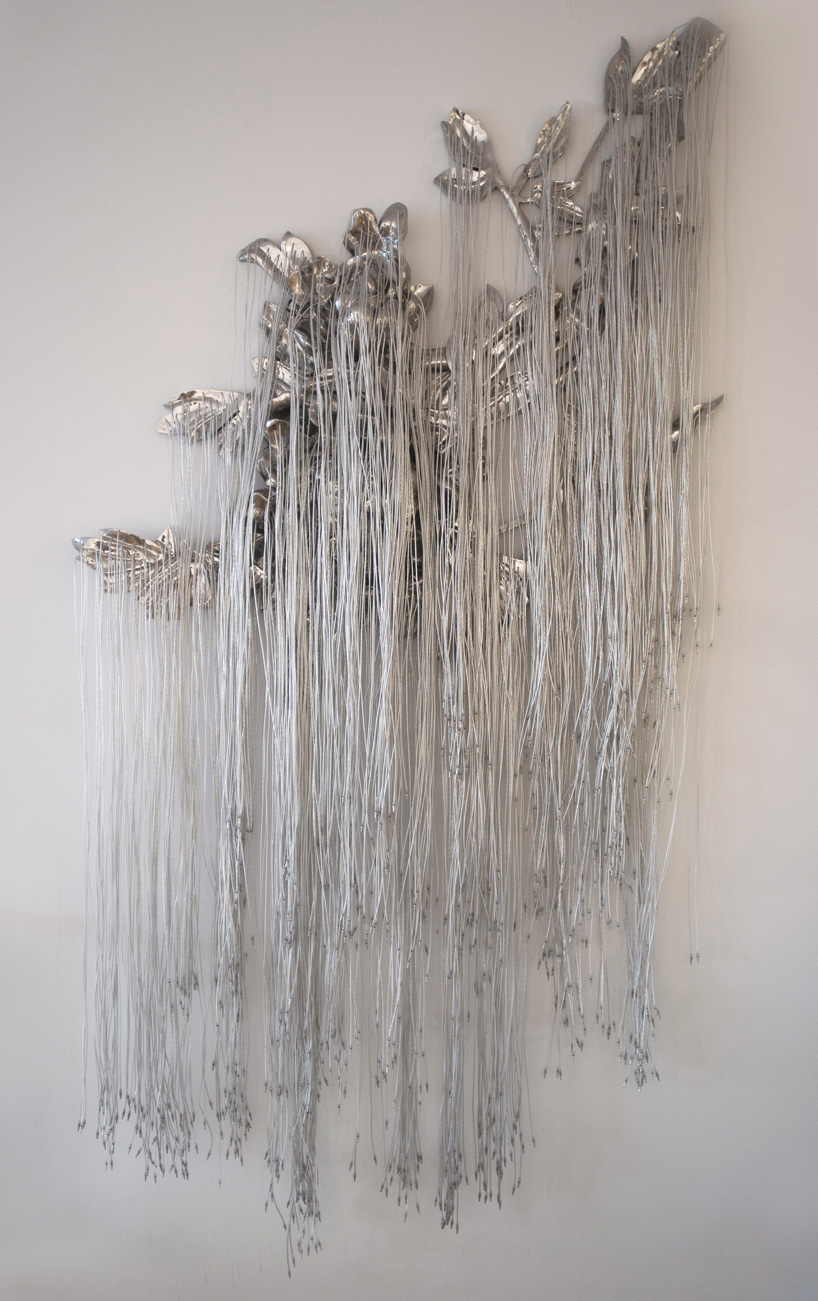 ‘charger series – peony no. 2’ (2012) stainless steel, mobile phone charger cables 126 x 63 x 12 inches (320 x 160 x 30 cm)
‘charger series – peony no. 2’ (2012) stainless steel, mobile phone charger cables 126 x 63 x 12 inches (320 x 160 x 30 cm)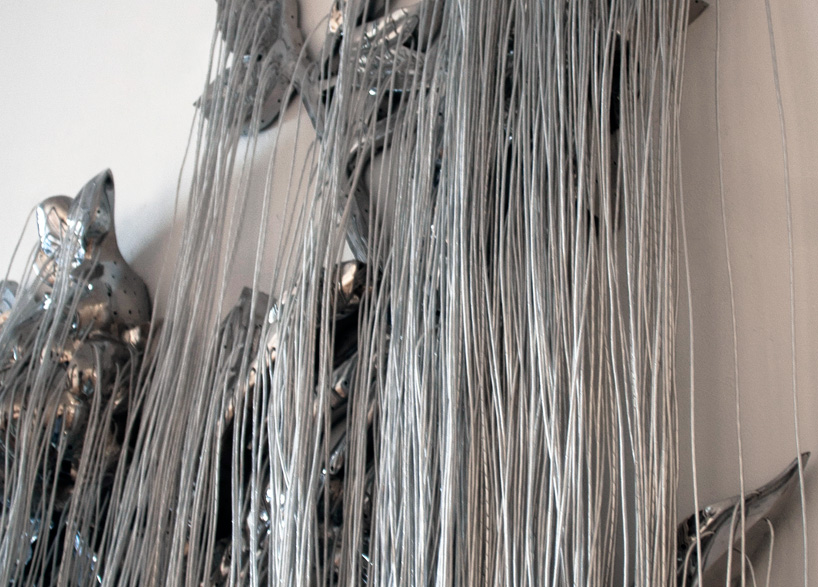 detail view
detail view detail from below
detail from below